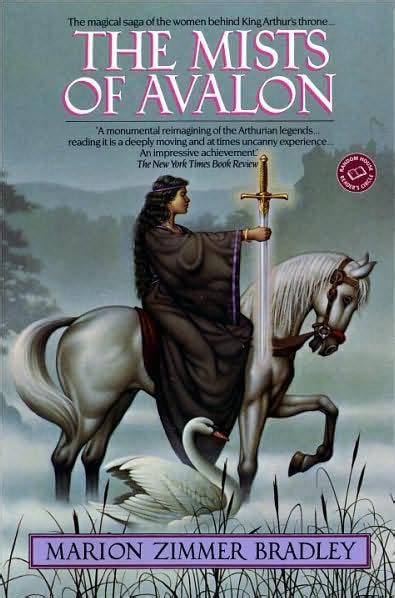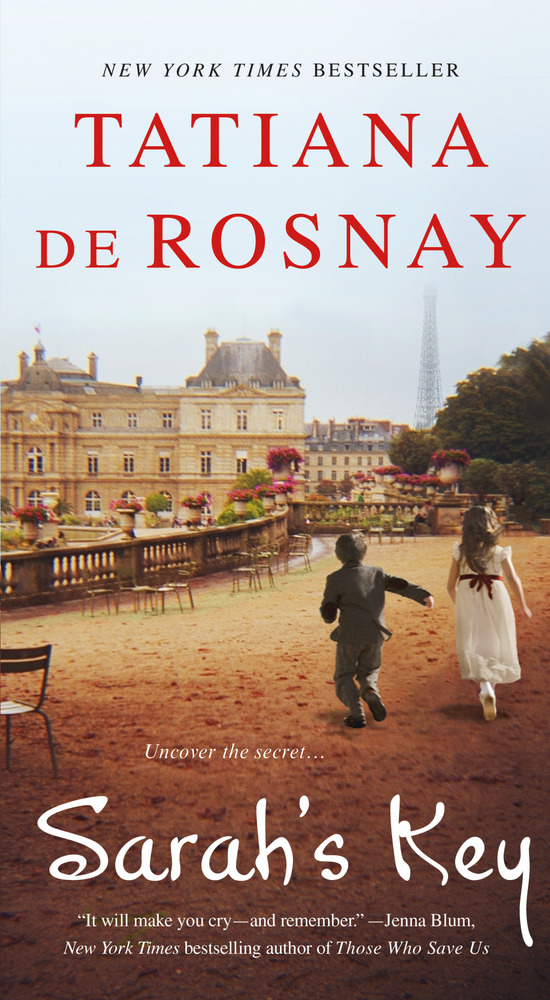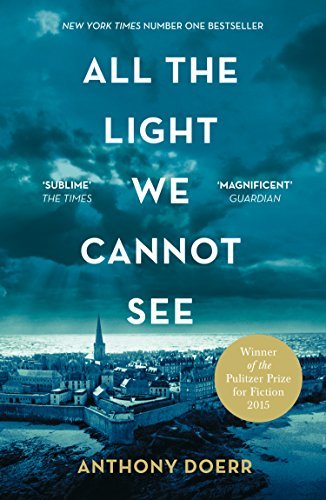In these final weeks of 2020, I’ve been looking back not only through this year but also through past years at the books and poems I’ve admired, naming those that have had a lasting influence in my life.
Inspirational Stories and Poems
The first piece in this category is the one that prompted me to give up my corporate life and become a full-time writer of novels: a poem by Mary Oliver called The Journey 1. The poem speaks to each of us as we are on our life journey, how we often get stuck by so many people making demands on our time, asking us to help solve the problems in their lives, giving us tasks. (Children come immediately to mind here.) It then goes on to say “You knew what you had to do” though all kinds of toils and troubles got in the way. That is, we each need to find our own voice, which we slowly come to realize is our authentic self, and “save the only life that you could save.”
I’d been in a well-paying job that I liked a lot, first working with Head Start on policy and implementation issues, and then in international development. The work introduced me to many engaging people in a variety of cultures and allowed me to use my skills to improve the education of children. But there came a time, in my sixties, when I wanted to enhance my own life by resolving a series of conundrums arising from my family and my work life. I freed myself from the “tug at my ankles” when my son graduated from college and my financial advisor thought I could live adequately on savings. I love the “new voice” that I’ve slowly come to recognize as my own.
The second (a poem by William Butler Yates) and third selection (a novel by Marion Zimmer Bradley) each gave me a much-needed tweak out of the realities of life into the imagination, granting it power. Since the poem’s copyright has expired, I quote it below.
The Song of Wandering Aengus
I went out to the hazel wood,
Because a fire was in my head,
And cut and peeled a hazel wand,
And hooked a berry to a thread;
And when white moths were on the wing,
And moth-like stars were flickering out,
I dropped the berry in a stream
And caught a little silver trout.
When I had laid it on the floor
I went to blow the fire a-flame,
But something rustled on the floor,
And someone called me by my name:
It had become a glimmering girl
With apple blossom in her hair
Who called me by my name and ran
And faded through the brightening air.
Though I am old with wandering
Through hollow lands and hilly lands,
I will find out where she has gone,
And kiss her lips and take her hands;
And walk among long dappled grass,
And pluck till time and times are done,
The silver apples of the moon,
The golden apples of the sun.
I was especially touched by the magic in these words, the disappearing girl, and the sense that the imaginary characters in a book under construction need to do just that appearing and disappearing until I can bring them into focus, until I thoroughly know who they are. And it takes some wandering “through hollow lands and hilly lands” before I do have my characters and a story to carry them through to a satisfactory ending. A necessary wandering!

There’s a similar mystical feeling in Marion Zimmer Bradley’s novel, The Mists of Avalon2. It’s a book of historical fantasy set in the time of King Arthur but largely about the women who helped him along the way. I was drawn to the idea of a mist separating the women from the “world” of their time. I can often feel such a mist when I place myself in another time and setting and write the story that’s behind the curtain. I need to probe both realms—what happened in history and what happens in my story as it is born into that time.
My final two selections are historical novels set in multiple time periods, one of which is World War II, the second more recent. These are: Sarah’s Key by Tatiana de Rosnay,3 and All the Light We Cannot See by Anthony Doerr.4 I grew up just after the war, listening to my father’s stories about it, and have been fascinated to learn much more about it in my own research. How successful so many recent authors have been (including these two) in setting stories in the war and then its aftermath! They’ve encouraged me to do the same, in Chasing the American Dream—and in what I hope will be my fourth novel, tentatively named Sisters Entwined.

My final two selections are historical novels set in multiple time periods, one of which is World War II, the second more recent. These are: Sarah’s Key by Tatiana de Rosnay,3 and All the Light We Cannot See by Anthony Doerr.4 I grew up just after the war, listening to my father’s stories about it, and have been fascinated to learn much more about it in my own research. How successful so many recent authors have been (including these two) in setting stories in the war and then its aftermath! They’ve encouraged me to do the same, in Chasing the American Dream—and in what I hope will be my fourth novel, tentatively named Sisters Entwined.

What poems and stories have inspired you? And what is it you’ll do with that inspiration? As Mary Oliver says, “What is it you plan to do with your one wild and precious life?”
P.S. You are cordially invited to click a URL below to purchase Chasing the American Dream. It’s available now from the publisher, Mascot Books, and can be ordered through Amazon, Barnes & Noble, or your local bookstore.
1http://emilyspoetryblog.com/2013/04/09/the-journey-by-mary-oliver/
3https://www.amazon.com/Sarahs-Key-Tatiana-Rosnay/dp/0312370849/ref=sr_1_1?crid=1RHGQGV1IJUJO
4https://www.amazon.com/All-Light-We-Cannot-See/dp/1501173219/ref=sr_1_1?crid=15Q1BS6D3SYII